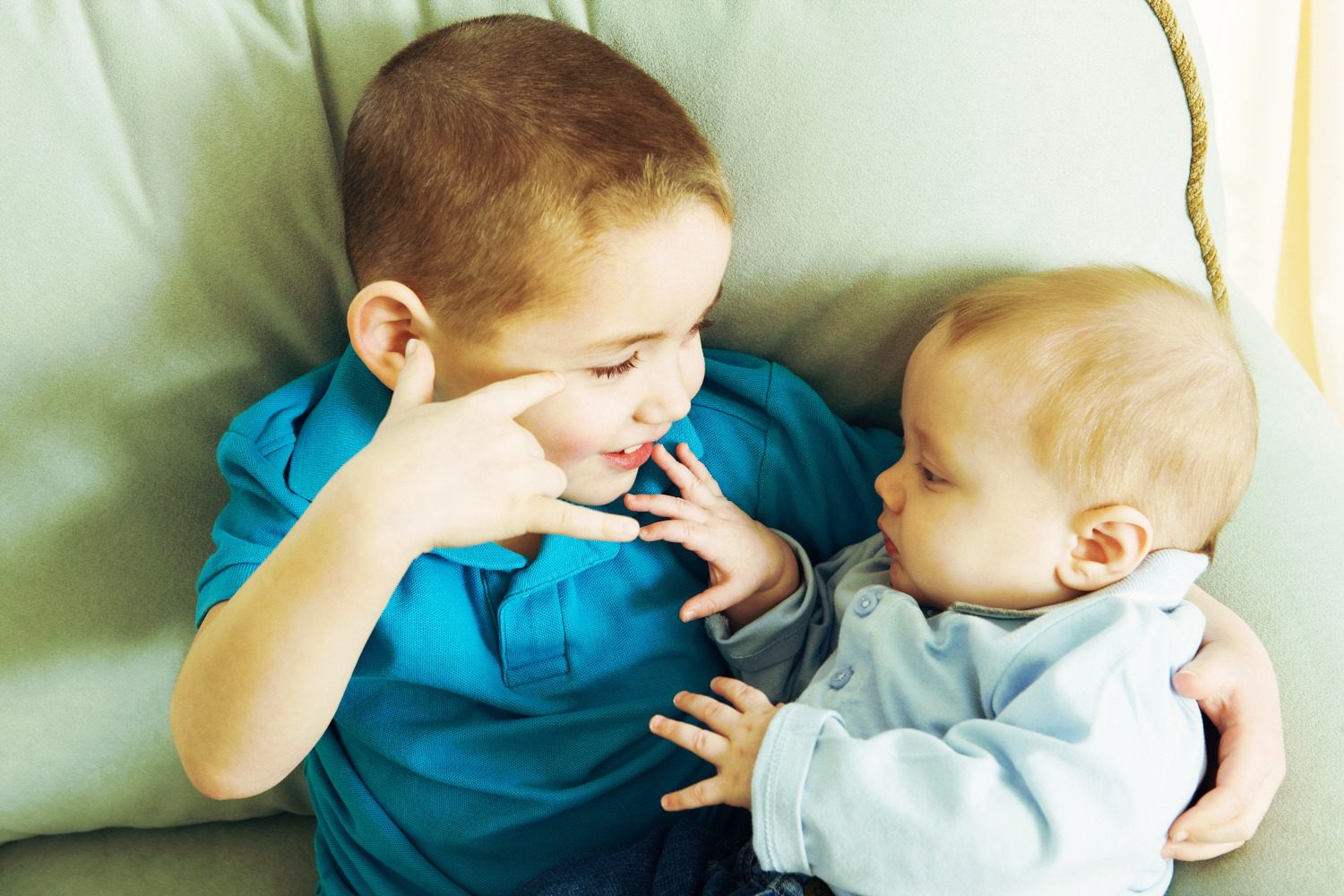
I recently discovered something fascinating. Here it is: there is such a thing as Baby Sign Language. And it’s a pretty big deal.
The idea behind it is very clever: by teaching simple signs to your baby from a really young age, they will be able to identify and sign everyday items, as well as being able to express simple desires and needs. There are signs for feelings such as ‘hungry’, ‘thirsty’, ‘thank you’, ‘want’, as well as objects such as ‘butterfly’, ‘chair’, ‘ant’, ‘uncle’.
Because your baby can quite easily acquire new signs using their hands and arms ages before the muscles of their mouth have fully developed to allow comprehensive speech, the baby can communicate at a much younger age – and you, the parents, can communicate with them as well, not just interpreting what the baby says, but also responding through sign.
As well as supposedly creating a fuller relationship with the baby at a much younger age than if you wait for speech to develop, the advantage is that the baby will generally feel a lot happier because they’re able to express themselves. Crying babies are often upset because they can’t communicate their needs, or because those needs aren’t interpreted by the grown-ups in charge, but if the baby has a sure means of communicating to the parents then they’re less likely to feel frustrated and angry, and therefore less likely to cry (hallelujah, I hear people shout).
The way it works is that your baby will pick up on regularly repeated signs. It might take a little while before they can respond, or understand, but if you repeat the sign for an object or feeling every time your baby is around, then they will start to identify the sign as having a specific meaning.
As time goes on and they become more comfortable with the concept of signing, they will want to acquire more and more vocabulary – so make sure you keep up!
Here’s baby Fireese and her mum showing us how it’s done:
Has anyone ever taught their baby to sign? We’d love your comments!
Nat